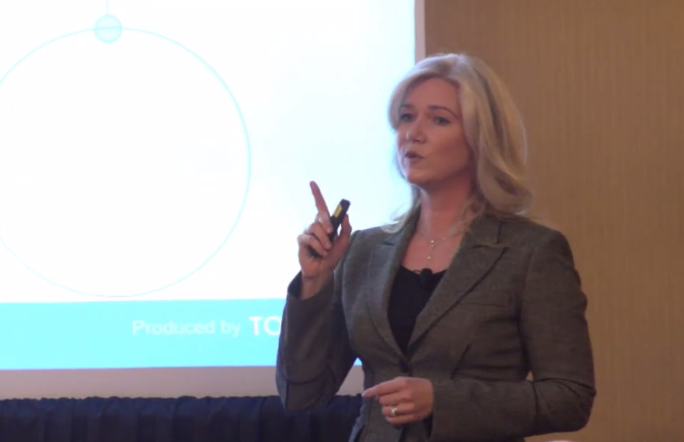Customer Success Summit is returning to San Francisco March 21-22, 2016. Register today!
Part of the Customer Success Summit On-Demand Series
Starting a new job anywhere can be a challenge, but starting a new job in an industry that is still being defined often has more questions than answers. For VPs of Customer Success the first 90 days in the role are critical for ensuring long term success, but it often feels like there is so much to do that you don’t know where to start.
At Customer Success Summit Stephanie Schatz, SVP of Sales and Customer Success at Xamarin, took the time to outline three key questions that every new VP of Customer Success should tackle in the first 90 days.
Watch the full session from Customer Success Summit.
Here are the three questions every new VP of Customer Success should answer:
Are you selling to the right customers?
This is often one of the trickiest questions to answer, especially if you are at a startup company that is trying to acquire as many customers as possible, but it needs to be done. It’s nearly impossible to drive success with the wrong customer and you’ll end up wasting a lot of time trying. In your first 90 days identify your ideal customer as granularly as possible: size, industry, product, delivery model, etc. as well as those you don’t want to sell to and then stick to it.
How can you make Customer Success a company wide philosophy?
Making customers’ successful needs to be everyone’s responsibility and a core value to the company. If you don’t have buy-in for this from the top you’re going to be fighting an uphill battle. In some cases people want to do this, but they don’t know where to begin. The first step is to make customer success metrics like churn and retention transparent to the entire organization. You can do this by creating real-time dashboards that show how you’re doing at all times. This gives people visibility into how their actions affect customer health and promotes the practice of putting customers first.
How should I segment and structure my team?
This will evolve over time and become more sophisticated, but early on you still need to define your customer segments and how your team manages them. Different ways to segment your customers include: size, use case, level of importance, location, or cost. By based on whatever your chosen segmentation model you can then map your team so that they are better able to help drive success. As a best practice, you may want to align your sales team and customer success team the same way to create seamless experience when the customer transitions from one to the other.
See all of the sessions from Customer Success Summit here: www.customersuccesssummit.com

